xDuoo calls it a “digital turntable” – and this definition had me wondering what that meant for a while, before I had had a chance to try it. But it is an apt name for the xDuoo X10T II, as it really works like a turntable – but in the digital domain. In fact it is a digital transport and it acts as the source of the digital signal (the track you want to play) and then leaves everything else to another device, therefore allowing you to choose the DAC and amplifier you like the best. However unconventional that may sound, as sources like this are usually seen in the desktop and/or home theatre segment, the xDuoo X10T II can be an interesting compromise for the uncompromising listeners.
The xDuoo X10T II is in fact among the most audiophile devices I’ve ever seen, as it is of no use in itself unless you use it with Bluetooth – but even then, there’s no way to adjust the volume which is not exactly practical. It is a good compromise as it is compact and light enough to be conveniently portable, but it also offers people who look for the best sound quality the possibility to choose their DAC and/or amplifier of choice to have the best possible sound quality. As it only acts as a digital source, one can use with any number of devices with a wide array of inputs – you’re not limited to USB or line-out as with most DAPs, but you can also use optical, coaxial and AES (which is quite rare among portable devices!). It is a compromise as it does not offer the vastest array of outputs nor the best user interface, but it’s good enough to satisfy most people’s needs.
Disclaimer: this free sample comes courtesy of Linsoul Audio. They sell it on AliExpress at $230.
Packaging & Accessories
Packaging is nothing especially fancy, with a simple cardboard box holding everything inside pre-formed foam. As it is a digital transport, the xDuoo X10T II does include a fair bit of accessories, though. In fact it has two USB cables (one Type-C to Type-C and one Type-C to micro-USB), one optical cable, one coaxial cable and one AES cable (with a mini-XLR3 connector on one side and a full-size XLR3 connector on the other). There’s also a faux leather case that’s simple, yet effective. It only covers the back and three sides (excluding the lower one) and it is a bit large for the player, so it could really be done better – but it’s also included so it’s good enough.
Design & Build
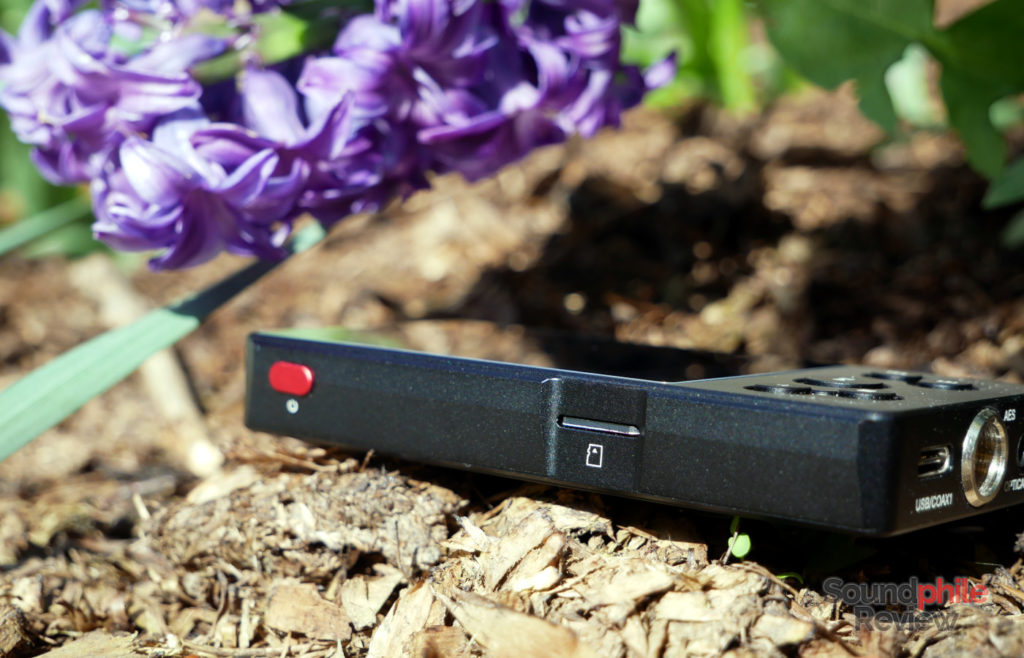
The xDuoo X10T II seems like a larger xDuoo X3-II, as it is identical to the smaller sibling except for the sides. Those are bulging and protrude laterally, giving the impression of a bulkier yet more solid device. What I find curious is that the microSD slot on the left side is in the same spot as that on the X3-II, so it is actually sunken compared to the rest of the side.
The front hosts a 2.4-inches screen (with 320 x 240 resolution and good enough brightness) and the usual controls that consist of play/pause, next, previous, menu and back buttons. There are no controls for volume, as that is demanded to the device that is connected to the X10T II – a DAC with amplifier or other device that converts the signal from digital to analogue. The only button on the side is the power button. This is a bit limiting, especially if one wants to use the xDuoo X10T as a Bluetooth source.
The lower side is home to the output connectors: there’s a USB Type-C port, a female mini-XLR3 (AES) and a 3.5 mm jack that doubles as a coaxial output and an optical output. As it is a digital transport, it does not have any output one can use to connect their headphones to.
Build quality is very good, with the metal body being solid and seemingly resistant. It’s made of two parts, as the back is separate from the rest and is attached to the body through four screws. There is also a plastic band that allows for the Bluetooth signal to pass through (as the metal would shield the internals from the outside and vice-versa as every Faraday cage does).
Specifications
xDuoo X10T II |
| DAC chip | N/A |
| Amp chip | N/A |
| Suitable headphones impedance | N/A |
| Output impedance | N/A |
| Maximum output power | N/A |
| THD+N (@1 kHz) | N/A |
| SNR | N/A |
| Operating System | HiBy Linux OS |
| Supported formats | WAV (up to 32 bit, 384 kHz), FLAC (up to 24 bit, 384 kHz), DSD (DSD64, DSD128), APE (up to 24 bit, 384 kHz), ALAC (up to 24 bit, 192 kHz), AIFF (up to 24 bit, 384 kHz), MP3, WMA (up to 24 bit, 96 kHz), OGG, AAC |
The company does not publish any information on what chips they use in the X10T II, so it’s not clear what chip takes care of the optical conversion or the coax one. Considering xDuoo opted for good quality chips in their previous iteration (a Wolfson WM8550, in fact), I do wonder if they kept a similar level of quality on the X10T II.
My only real issue with the xDuoo X10T II is the microSD. Let me explain that: a device which should act as a digital transport should also provide the ability to play from a large library of tracks. The fact that just one microSD slot is present and that it only supports cards up to 256 GB in size is quite limiting, especially if one has a lot of hi-res tracks. Using two microSD slots would have alleviated the issue.
The xDuoo X10T II uses Bluetooth 4.2 with support for aptX and AAC codecs. It cannot, however, act as a Bluetooth bridge – meaning you can’t connect it to a PC to have Bluetooth output, nor use it to receive a Bluetooth signal and convert it to another signal. This makes it only useful as a direct source for Bluetooth devices.
Battery Life
I got used to having DAPs that run for about 10 hours, with peaks of 12 or 13 hours – but the old days of MP3 players playing music for 30+ hours are long gone. Now the xDuoo X10T II is not comparable to those old devices, but it surely does much better than the average player does these days. The xDuoo X10T II is in fact able to play standard-resolution FLAC files continuously for more than 15 hours, which is frankly great.
As an aside, I once forgot to shut down the player and left it playing for about 12 hours, only to find it still powered on and playing music after all that time (and with ~20% charge left). If one uses the X10T II as a portable player, the only real limit becomes the DAC/amp.
Software
Software is in fact shared across all xDuoo products of this generation, so it is exactly identical to that installed on the xDuoo X3-II. There are a few exceptions to this rule, as the xDuoo X10T II does not have any control related to output and therefore it does not even have volume control as I previously mentioned. Everything else is exactly identical, so I invite you to read the xDuoo X3-II review to learn more about the software.
Final Thoughts
The xDuoo X10T II is the only one in its kind. I can’t point to another portable digital transport (if we exclude the first generation) and this makes it quite unique. Given how many people use their DAPs or smartphones with an external DAC, however, the X10T II appears to be a better choice for them as it offers more connections and better battery life. Moreover, it is not plagued by the same issues many Android DAPs suffer in their USB implementations. On the contrary, I found the xDuoo X10T II to offer perfect support for almost any USB device I could throw at it (and I guess that’s because it uses the Linux kernel, which supports USB audio without drivers). As it also supports other connections, it may be the best device you can choose if you plan to use an external DAC.

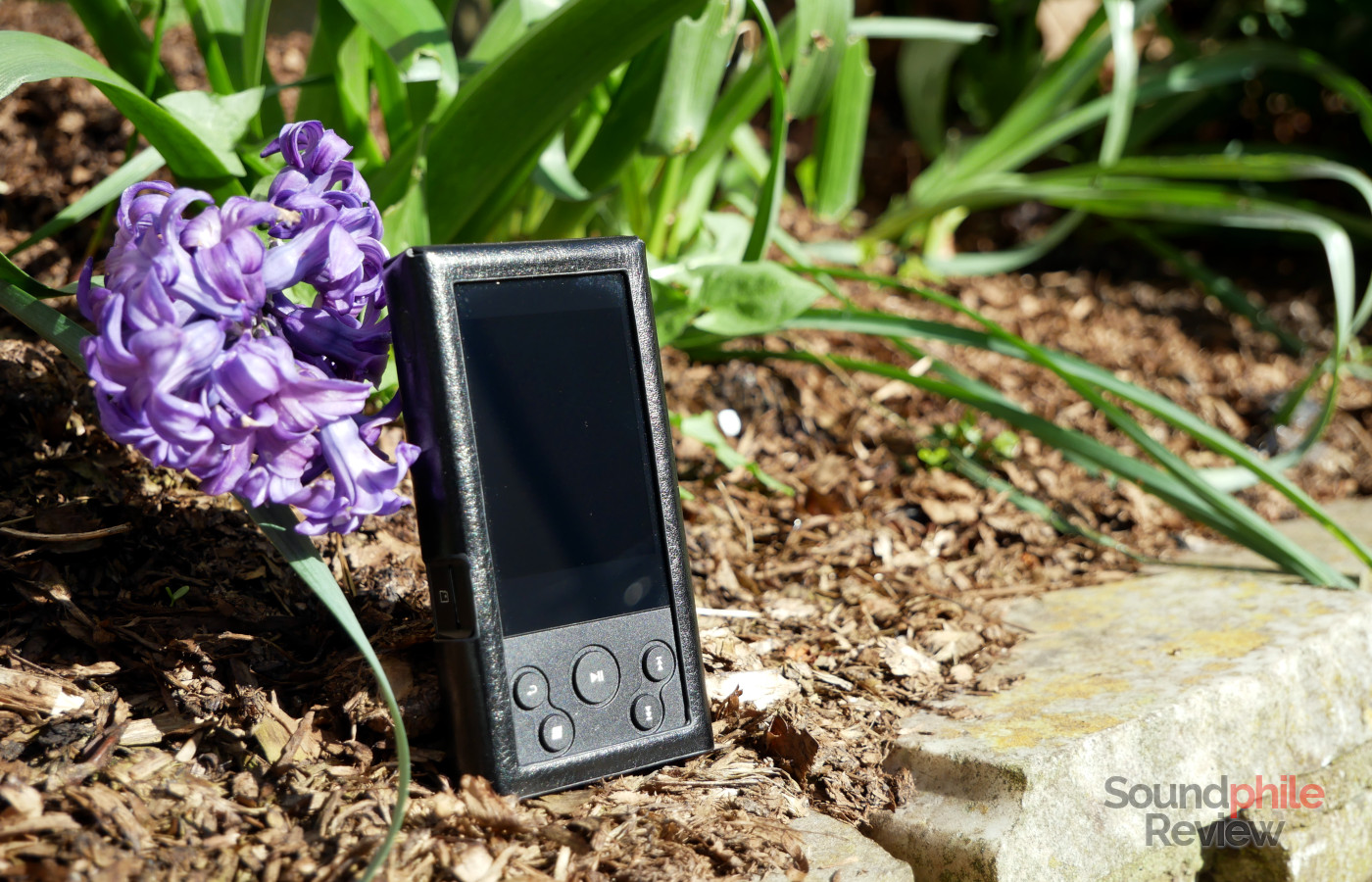

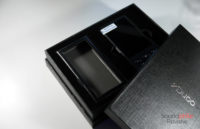
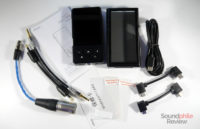
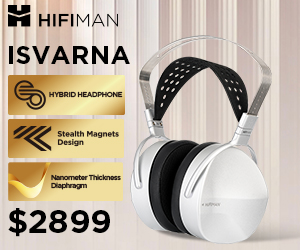
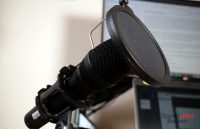

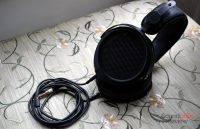
Can one compare this device to the x20?? Your thoughts please!
Not really. The xDuoo X20 is a full-fledged player, with headphone out, this one is just a digital transport. Both read music, but the X20 does not need an external DAC and amp.
Hi Riccardo, I don’t get the BT part 🙂 I mean, are you saying that the scenario where i.e. I stream music via BT from my smartphone to this transport dongled with say a chord mojo, won’t work? Cheers, Matteo
Hey Matteo,
Exactly. You can’t use it as a receiver, nor you can keep on using Bluetooth if you connect it to a PC.
Ok, I ask you this since on their site the info is then a bit deceiving… 😀
http://www.xduoo.com/xduoo/En/uploadfile/20181031184407924.jpg
I tried that and I could not make it work. Either my unit is broken or the functionality is not present.
ok, for me it is a very crucial point, since my scenario would be like bandcamp on smartphone, then BT to the transport, then coax to DAC+Amp and finally headphones…. gotta write to them directly, let’s see what happens 🙂 Tnx
Ok, please keep me posted!
Hi,
Yes it will work with some android phones but not apple. Why Xdoo say some android phones I’m not sure but I tried with my xperia z2 and worked fine. A big jump on sound quality compared with the phone 3.5mm and USB out.
I bt the audio from music videos on the phone to the x10ii which feeds via USB to an ifi micro dsd bl.
I hope this helps
Dave.
I noticed you compared this device to the X3 Ii, but only physically. I was wondering how they compare performance-wise. I currently have the x3 and use it mostly like the turntable concept. Since the specs on paper look similar, I was wondering if the upgrade would be worthwhile.
I mean, if you only plan to use it via USB, they’re exactly the same. No difference at all. The only change is the availability of AES and optical, but that’s it. It’s not an upgrade in any way, it’s just different.
Sure! Oh btw, I don’t get if takes long to load songs from SD on each boot, or if It takes time when rebuilding DB (ie because SD was reinserted). Tnx
It’s the DB rebuild time that’s long.
The unit supports larger than 256gb cards. I’ve personally used mine with 512gb cards, but it should support at least 1tb cards, and 2tb when they become available.
That’s good to know, though xDuoo officially declares support for cards up to 256 GB (http://en.xduoo.com/xduoo/En/uploadfile/20181031184440113.jpg).
indeed! Plus, try out an external memory through USB-C, it works like a charm and it can be “seens” by Hiby Music with no fuss… I still cannot believe this little wonder costed that few bucks… 🙂
Hi everyone, do you know if it can “digitally” connect to portable amp, like the Sony PHA-2A or other amps that have an USB OTG input ? Also, is it possible to connect it to a big DAC through USB type B ?(like the audio GD R2R 11 DAC ?). Thanks
Yes’, that’s the main (and only, really) use case for this device. You can connect it to a desktop amp using the right adapter (USB type-C to USB Type-B).
Hi, if I may, in parricular I would try out the USB C to coax implementation.. to me One of the best output for this source, followed by optical and USB to USB.. 🙂
Hi
I’ve been looking to buy this device with the plan of using it as a main source in my hifi setup. I wanted to run it from the usb port to my iFi ZEN DAC, but I’ve just got a reply from audiophonics.fr, saying that this isn’t possible, because “the only output from the DAP is SPDIF, and the ZEN DAC doesn’t have an SPDIF input”.
So what’s going on? Are they to be believed? If this is true, is the USB port merely for charging the device?
Hi Sacha,
That’s plainly false. As mentioned in the review, the X10T II has USB, coaxial, optical and AES outputs. Furthermore, xDuoo provides the device with specialised USB cables to connect your favourite DAC – that wouldn’t make much sense if the device didn’t support USB output! You can rest assured that the ZEN DAC should work perfectly well with the X10T II.
Any idea why the USB-C port is also labeled “Coax1” ? In which context can a USB-C I/O be considered a coaxial output as well ? Thanks for any info.
There are adapter cables from USB-C to coaxial, so you could use one of those. The device has to support it, though, and in this case the support is there so you can use them.
But it does not support use by iPhone?
If by that you mean that you want to use the iPhone as a source, then no. This is a source itself, so it would make no sense to use another device as a source.